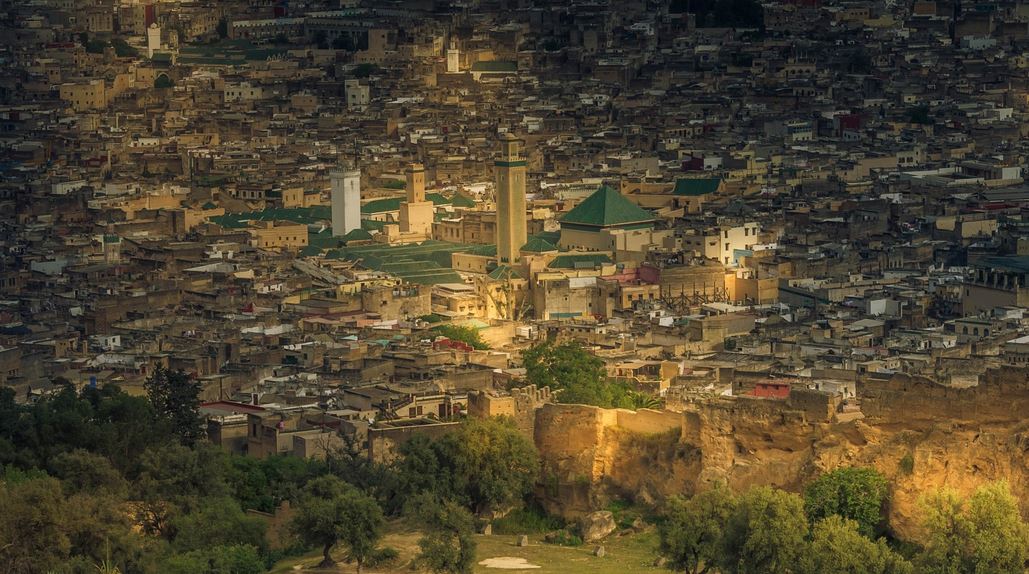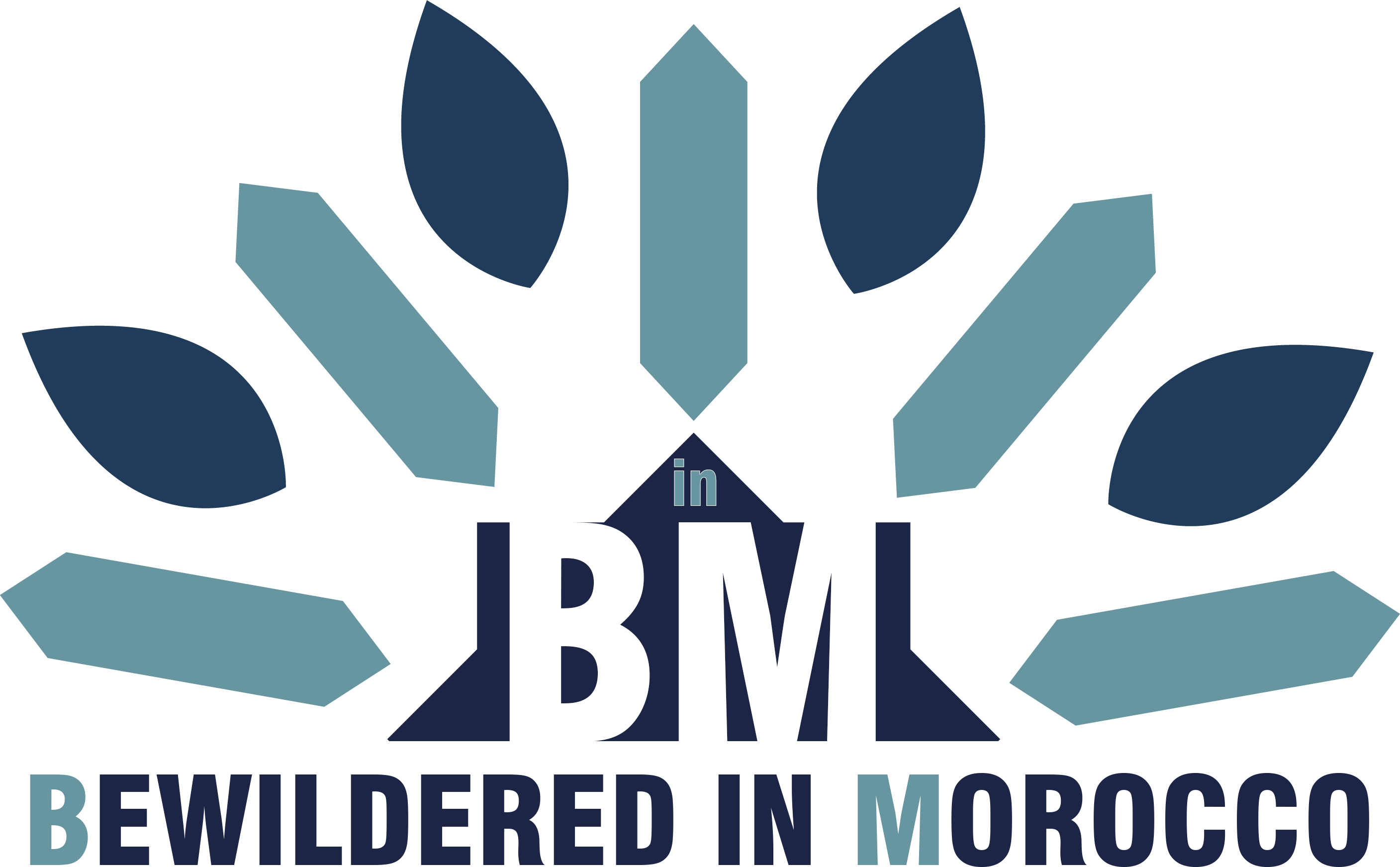Living in Morocco, I'm constantly amazed by the intricate Zellige tilework that adorns everything from riads to fountains. But it wasn't until I visited a workshop in Fez that I truly understood why these spectacular tiles carry such hefty price tags. Let me take you behind the scenes of this fascinating craft that's been passed down through generations.
The Ancient Origins in Fez

Fez remains the beating heart of Zellige production, and it's no accident. The city's surrounding hills contain some of Morocco's finest clay deposits - material that's renowned for its exceptional durability and ability to withstand intense heat. This natural advantage has helped Fez maintain its position as the center of Zellige craftsmanship for centuries.
The Painstaking Process

What makes Zellige truly special is the incredible amount of handwork that goes into each tile:
- Clay Preparation: Master craftsmen begin by soaking local rocks in water-filled pits called "zuba" for 24 hours
- Hand-Kneading: The clay is laboriously kneaded by hand and foot until perfectly malleable
- Molding & Drying: Each tile is individually shaped and sun-dried
- First Firing: The tiles are carefully arranged in traditional kilns
- Glazing: Each piece receives its signature coating
- Second Firing: This crucial step creates the characteristic subtle variations in shade
- Hand-Chiseling: Using the traditional mankash tool, artisans carefully shape each piece
Why Are They So Expensive?

The price of Zellige tiles reflects several factors:
- Intricate Designs: More complex patterns require smaller pieces, dramatically increasing both labor and cost
- Size Matters: A single square foot can contain anywhere from 36 to 360 pieces
- Expertise Required: True masters like Ahmed Almaghari have spent decades perfecting their craft
- Unique Variations: Unlike machine-made tiles, each piece has subtle differences in color and texture
- Time-Intensive: A complete mosaic can take up to 15 days to assemble
The Modern Renaissance

While traditionally reserved for royal palaces, Zellige has experienced a global renaissance. International designers are incorporating these tiles into contemporary spaces, often using monochromatic arrangements that showcase the natural color variations created by traditional firing methods.
A Dying Art?
Perhaps the most concerning aspect of Zellige production isn't the cost - it's finding the next generation of artisans. As one workshop owner shared with me, "This is more of a living art but it's also a dying tradition. Nowadays people are not patient as much as before."
Have You Experienced Zellige?
Have you encountered these beautiful tiles in your travels through Morocco? Or perhaps you're considering incorporating them into your own home? I'd love to hear your thoughts and experiences with this remarkable craft in the comments below.
